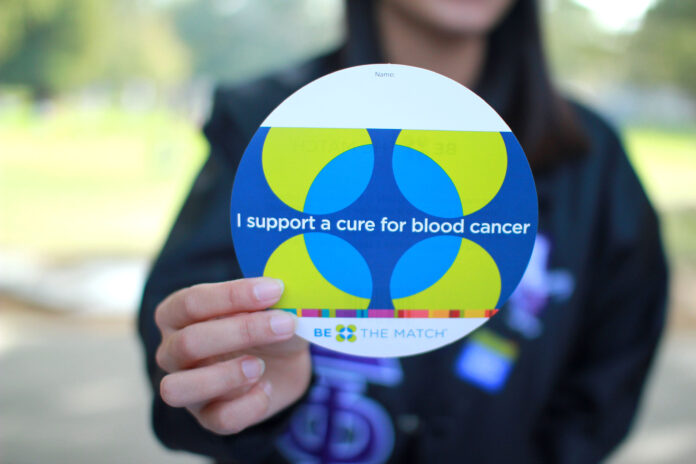Bone marrow donation is critical to treating serious illnesses. With their bone marrow drive and registration on Nov. 6 and 7., the American Asian Donor Program (AADP) marked an 18-year relationship with UC Davis and helped register 90 students.
According to Fion See, who coordinated the drive, bone marrow donation is important because, unlike blood which only has several types, bone marrow types are much more diverse, making it harder to find the unique match a patient might need. Of all donors, only about one in 540 will actually donate their marrow for a waiting patient. Even within a patient’s family, the chances of finding a match is about 30 percent, and often for the patients in need, the stakes are high.
Jonathan Leong founded the American Asian Donor Program after a friend passed away from cancer.
“[Jonathan’s] friend, who was an Asian American, was diagnosed with leukemia and … was unable to find a match and he passed away. Jonathan then founded the AADP to promote more minorities to sign up as bone marrow donors,” See said.
As in the case of Leong’s friend, and many more like him, the need for bone marrow can be a matter of life and death. The stem cells in bone marrow are the key component to forming new, healthy cells, as stem cells have the potential to become specialized according to the needs of the body. The stem cells found in bone marrow are called hematopoietic stem cells, or blood stem cells.
“Bone marrow transplants are needed for patients who have leukemia, lymphoma or other blood related diseases,” See said. “It is very hard to find a match.”
Donation has the best results right after a cancer patient has had their first chemotherapy, before survival rate goes down in ensuing sessions. This makes it critical for timely registration and donation in many cases.
The extraction of blood stem cells is a process called Peripheral Blood Stem Cell transplantation (PBSC), and according to See, 75 percent of all donors will go through PBSC.
Urban legends of bone marrow donation purport anesthesia-less procedures with large needles boring down into the bone and painful side effects. Cao Pham, a donor and UC Davis alumnus, described the process as the opposite.
“It was absolutely painless in my experience, as painless as donating blood. The donation process for me was through PBSC donation,” Pham said.
For the 12,000 patients waiting to find their match in the bone marrow registry, such urban legends can be harmful and may often deter potential donors from following through, according to See.
The AADP encourages and provides education on the matter. Ultimately, the whole process of donation only causes minimal discomfort and soreness, certainly nothing life threatening.
With the UC Davis drive, the AADP expected to sign up over 200 donors to their cause. Special encouragement was given to minorities who, like Leong’s friend, have a much harder time finding a match for their particular needs.
At UC Davis, fraternities have played an integral role in supporting the AADP. Among them are Alpha Kappa Delta Phi and Alpha Phi Omega, as well as Lambda Phi Epsilon, the fraternity in which Pham was a brother.
UC Davis is just one avenue the AADP has used to help treat the issue of bone marrow donation. Recruitment director Ruby Law stated that the community outreach is an integral part of the organization.
“AADP hosts over 400 donor drives every year,” Law said. “We work with student groups in different colleges to organize marrow drives during fall and spring. We plan to host more drives in the community.”
An integral part of outreach involves educating the public on matters of donation, disease awareness and debunking misconceptions. The organization even supplies bilingual recruiters to help bridge language and cultural gaps in minority communities.
“We educate the public through giving presentations and hosting bone marrow drives at colleges, companies, places of worship and community events,” Law said.
The AADP continues to make a difference in the lives of both donors and patients.
“I have only donated [bone marrow] once, but I would not hesitate to do it again if I get a match in the future,” Pham said.




